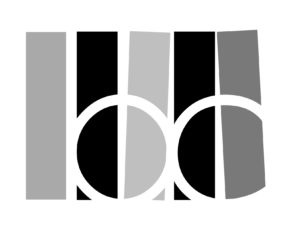Catalogue 15
First edition of the book J.B. Priestley called “one of the most fascinating, most curious, and perhaps the most important books of this age.” A nearly-forgotten but disproportionally influential title in which Dunne posits that all time is essentially happening simultaneously. Though based heavily on the author’s dream life, he is quick to argue that the book is scientific in nature, and its ideas would go on to impact the works of writers as diverse as Jorge Luis Borges, John Buchan, H.G. Wells, Graham Greene, James Hilton, Buckminster Fuller, Vladimir Nabokov, T.S. Eliot, Aldous Huxley, Robert Heinlein, C.S. Lewis, and perhaps most importantly William S. Burroughs, whose artistic practice was in many ways infused with Dunne:
“Years ago I read a book by John Dunne called An Experiment with Time (1924). Dunne was an English physicist, and he observed that his dreams referred not only to past but also to future events. However the future material, since it often seems trivial and irrelevant will not be remembered unless it is written down, and I have done this for about forty years. I began writing dreams down long before I started to write […] at least forty percent of my material derives from dreams” (“The Technology of Writing” from THE ADDING MACHINE).
More recently, a 1998 letter to the New York Times, mathematician Marc Groz noted that physicist Stephen Hawking’s concept of “imaginary time” was presaged by Dunne. The first edition is very uncommon, especially in dust wrapper.
White’s classic retelling of the Arthurian myth, this copy ex-libris Beat poet Gregory Corso, signed by him in 1954 early in his stay at Harvard. Corso arrived in Boston the year of this inscription and crashed on the floor of his friends Peter Sourian, Bobby Sedgwick (brother of Edie), and Paul Grand’s Eliot House dorm (also noted in this inscription). Corso, essentially penniless, would even sneak into for dinner at Eliot House, before he was eventually recognized as an imposter. Archibald MacLeish, however, allowed him to remain as a non-matriculating student and later that same year Corso’s first published poems appeared in the Harvard Advocate. Corso published his first book the following year (with financial help from Sourian, Sedgwick, and Grand), a collection of verse that while occasionally appropriating the nascent Beat scene’s jazz argot, was also a fairly conservative and formal collection influenced at least as much by the poet’s extensive but fairly classical reading. Indeed, Corso considered studying classics during his time in Boston, and one can imagine why a novel like White’s might have appealed. A small but interesting and revealing bit of Beat history.
First and only edition of Ginsberg’s second book, “[m]imeographed and stapled in an edition of about 50 copies aboard an M.S.T.S. (Military Sea Transport Services, U.S. govt.) freighter, and mailed to friends” (Dowden p. 12). Arguably Ginsberg’s first major work (“his best poetry to date” -Morgan p. ), this hallucinatory poem — written in 1954/5 and inspired by his travels in Mexico — in many ways anticipates “Howl.” Indeed it is likely no coincidence that of all the works Ginsberg could have self-published after the similarly privately-distributed ditto edition of “Howl” just two months earlier, he chose this Whitmanesque poem (“Returning / armed with New Testament / critic of horse and mule / tanned and bearded / satisfying Whitman”) also concerned with “madness” (“‘They go mad in the Selva'”) and “mysteries / of deathly volition / to be divined.” Though “Siesta” would eventually make its way into 1963’s REALITY SANDWICHES, this earlier appearance represents (along with the aforementioned ditto “Howl”) one of the most difficult of the poet’s “A” items to acquire. As best as we can determine, there are only 14 OCLC holdings. (The record for this title is badly corrupted, showing more than a dozen copies in Turkey, all of which appear to be ghosts, as well as several other erroneous locations.) And we trace fewer than a dozen additional copies in trade or auction over the last forty+ years – several of which are undoubtedly ones now among the OCLC holdings. Produced by the poet (he cranked the ship-board mimeo himself) on the cusp of the fame and notoriety that would soon come when City Lights published HOWL AND OTHER POEMS in November of the same year: early, important, and rare. [Morgan A2].
INSCRIBED eleventh printing of Ginsberg’s landmark poem, number four in the Pocket Poets Series. As the title of the 2006 book in honor of fiftieth anniversary described “Howl,” it was without exaggeration “the poem that changed America.” When HOWL was published in the fall of 1956 by Lawrence Ferlinghetti’s City Lights Books, no one was prepared for the effect it would have on both literature and the culture at large. The book sold through its initial 1000-copy print run in just a few months, and a second printing was ordered from Villier’s in London. Though Ferlinghetti made efforts to temper the work prior to publication (replacing the more offensive words with ellipses), when the books arrived in San Francisco from the UK, more than 500 copies were seized by US Customs authorities for obscenity, an event which brought the poem — and its author — immediately to national attention, and led to one of the most important censorship trials of the 20th century. The City Lights edition has never been out of print, having sold upwards of a million copies, and Ginsberg’s “angelheaded hipsters“ pioneered not only a more confessional mode of American poetry, but helped launch numerous youth movements from beatniks to hippies, Situationists to punks. A handsome signed vintage copy of this landmark of gay rights, free speech, protest, censorship, and the counterculture.
This issue of the student-run literary magazine notoriously includes a chapter from Burroughs’ NAKED LUNCH, then unpublished (Maynard and Miles, C3). The excerpt’s appearance provoked a reactionary response from the Chicago Daily News (“Filthy Writing on the Midway”) and the suppression of material from the following issue by the University of Chicago administration. In response, all but one of the Chicago Review’s editors resigned as a body and founded a new literary magazine, BIG TABLE. Issue also includes work by Jack Kerouac, Lawrence Ferlinghetti, Robert Duncan, Allen Ginsberg, John Wieners, Michael McClure, Kirby Doyle, Philip Lamantia, and Phlip Whalen, among others.
While “Howl” is undeniably the more important poem, “Kaddish” is arguably the better one. Written in the wake of his mother Naomi’s suicide, it remains raw, immediate, and moving — one of Ginsberg’s finest. Part of City Lights’ famed Pocket Poets Series, this is the increasingly uncommon (and frequently misidentified) true first edition, about which there is admittedly some genuine and legitimate confusion. Morgan is in disagreement with both Dowden and Cook as regards the true first printing; however, while Morgan is usually the more reliable source, bibliographic consensus seems to have settled on the priority laid out by Cook/Dowden — and this cataloguer (for reasons that surpass mere self-interest but are too lengthy for this catalogue description) strongly agrees. Uncommon when signed, and scarce with a near-contemporary inscription and in this condition. [Morgan A4.a2 — incorrectly]. [Cook p. 42-3]. [Dowden p. 9-8].
Later issue of Nuttall’s masterful mimeo magazine, one of the pinnacles of the form. Contains “the Complete ‘Dead Star’ MS by William Burroughs H.B,” bound in as a seven-page supplement. Nuttal has written about MY OWN MAG: “My intention was to make a paper exhibition in words, pages, spaces, holes, edges, and images which drew people in and forced a violent involvement with the unalterable facts.” [Clay & Phillips 287].
Poster by Beat-adjacent artist, poet, filmmaker, and Wichita native Bob Branaman. The same design, printed on a grey-blue ground, also appeared as the centerfold to Charles Plymell’s underground newspaper The Last Times, issue II, variant B, in 1967; and the Oakland Museum of California holds a poster apparently identical to this one, listed without an identified artist, under the title “Follow the Dotted Cross.” The detailed, dense image combines various mythological creatures and abstruse, arcane symbolism; the poster’s text reads, in part: “Come into our Game Room! The purpus of this kind of Learning / To show the newly inishuated the kind of “games” that are possable with there newly develoypd Powers, ovecourse they are under derection of skild mastars” [sic all].
Branaman’s work was prominently featured in Oliver Stone’s “The Doors”; one of his better known posters, also from 1966, was for the Monterey Dance Concert (“It was a trip…hanging with Janis Joplin and housing the Band, for 3 days. Her singing blew us all away. Neal Cassady and Allen Ginsberg were attendant.”) Charles Plymell later reminisced: “I moved to San Francisco about a year prior to the “Haight”…I had the famous party in 1963 where the beats met the hippies at the 1403 Gough St. pad. Later Neal Cassady and Allen Ginsberg moved in with me…Bob lived in S.F. and in Big Sur where he invited formative groups such as Big Brother to his drop out homestead in Big Sur. During this time, Bob did a lot of seminal art work and I published some of it at places where I worked as a printer and on the old Multilith I printed the first Zap Comix on a few years later.”
Rare example of this Kerouac piracy of newspaper and magazine appearances, interviews, and the like gathered after the beat great’s death. A bibliographically murky book, one with several contradictory narratives explaining its origins, the best provided by colleague Allen Ahearn: “All agree that David Stivender produced it. We were told by Robert Wilson (Phoenix Bookshop) that there were 12 copies printed in 1971 and 12 copies of a revised and enlarged edition in 1972. The copies were given to friends, none were sold. Jeff Weinberg reports that only four copies were done by Stivender and that then Berrigan made four copies and sold them to Wilson and that Arthur Knight was also making copies and selling them for $100. We have seen a copy with ‘1971-Revised and Enlarged 1972’ on it, but Weinberg says that there never was a revised edition and that this was, in fact, the only edition, they just added the statement on the title page. We were later told by Marshall Clements that he and Stivender prepared this item, ‘we simply typed the ‘Revised and Enlarged 1972’ part onto the original 1971 title page, which David had signed and dated in 1971. There probably were not 12 copies in total’” (APG 035a). The present copy is one of the “Knight” editions, the pagination of which (as well as others we’ve handled) suggest that not only was there in fact an unrevised edition (see Anstee 3), but (at a minimum) a subsequent unstated third edition (this). OCLC locates 7 copies of the various editions in various bindings, across three entries. A notorious and elusive book.
“An anthology of poems by gay poets for the Ohio Gay Pride Week May 15-21, 1972,” predating the first Stonewall Columbus Pride Festival and Parade by at least nine years. Anthology features Allen Ginsberg’s “Police State Blues” (Morgan B93) as its opening poem; other contributors include David Treadwell, Steve Blevins, Pat Callahan, Michael Hughes, Diantha Rau, Tony Rogers, Jeff Arnold, Stephen Miller, and Larry Schourup. Not found in OCLC. Rare. [Morgan B93].
Ginsberg’s own handwritten caption to his photograph of noted avant garde theater director Robert Wilson (with an assistant), taken backstage before a performance of Wilson’s adaptation of the poet’s “Cosmopolitan Greetings” by the Hamburg State Opera at Kampnagel. Ginsberg was an avid amateur photographer, especially in the last two decades of his life, as here.
Allen Ginsberg and Gus Van Sant, photographed by cinematographer Richard Rutkowski, on set during the music video production of Ginsberg’s “The Ballad of the Skeletons.” The track featured Ginsberg’s vocals backed by Paul McCartney on guitar, drums, and organ, Lenny Kaye on bass, Philip Glass on keyboards, and Marc Ribot and David Mansfield on guitar; the video, directed by Van Sant, achieved considerable success on MTV. The print was a gift from Rutkowski to theatre director Robert Wilson (himself a one-time collaborator with Ginsberg, as well as with Rutkowski).
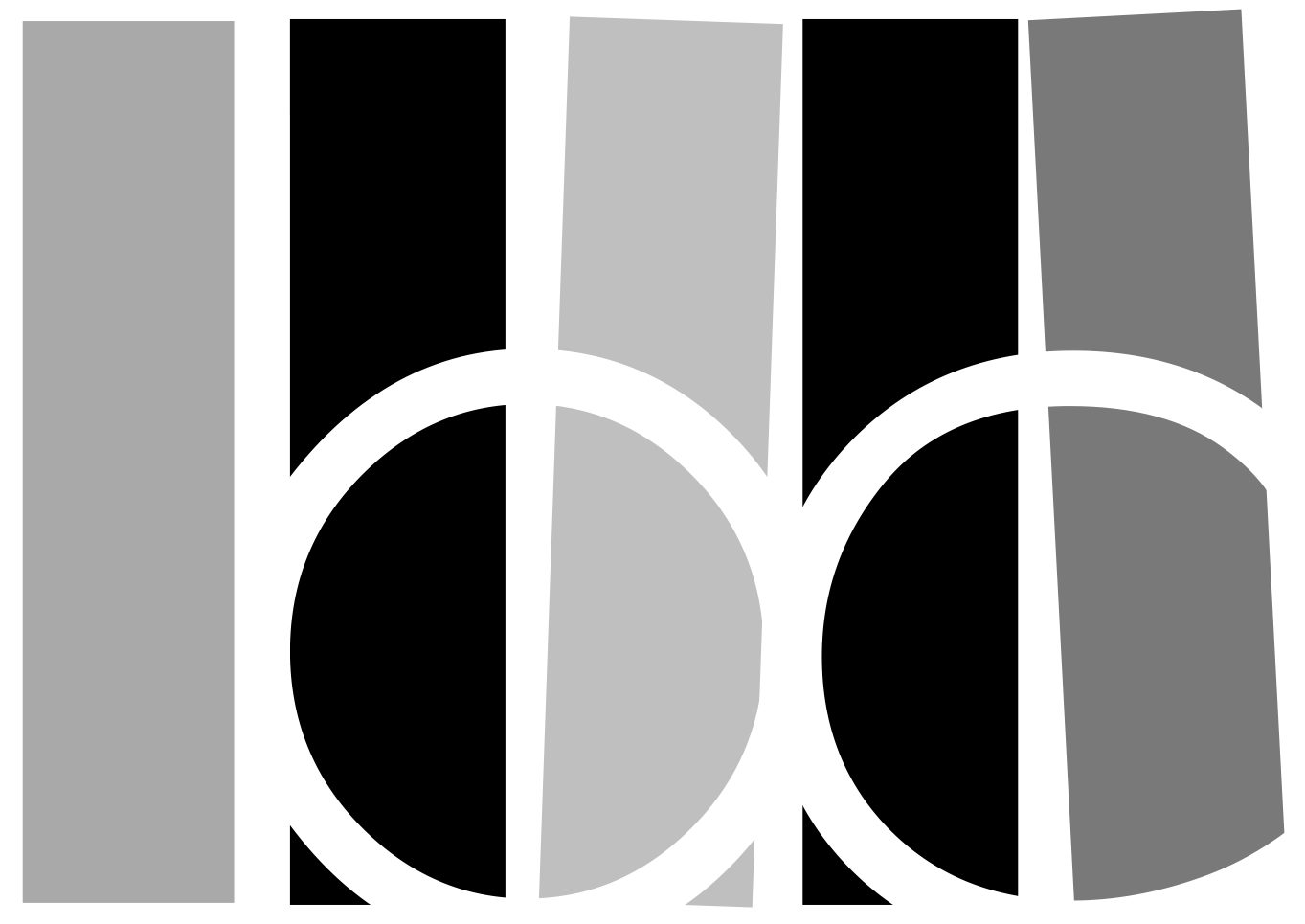
![53. [Beat Influence]. DUNNE, J. W. AN EXPERIMENT WITH TIME. Image](http://catalogue15.briancassidy.net/wp-content/uploads/2019/05/22573-300x300.jpg)
![54. [CORSO, Gregory]. WHITE, T.H. THE SWORD IN THE STONE. Image](http://catalogue15.briancassidy.net/wp-content/uploads/2019/05/23346-207x300.jpeg)

![56. GINSBERG, Allen. HOWL: And Other Poems [Inscribed]. Image](http://catalogue15.briancassidy.net/wp-content/uploads/2019/06/23308-e1560699222374.jpeg)
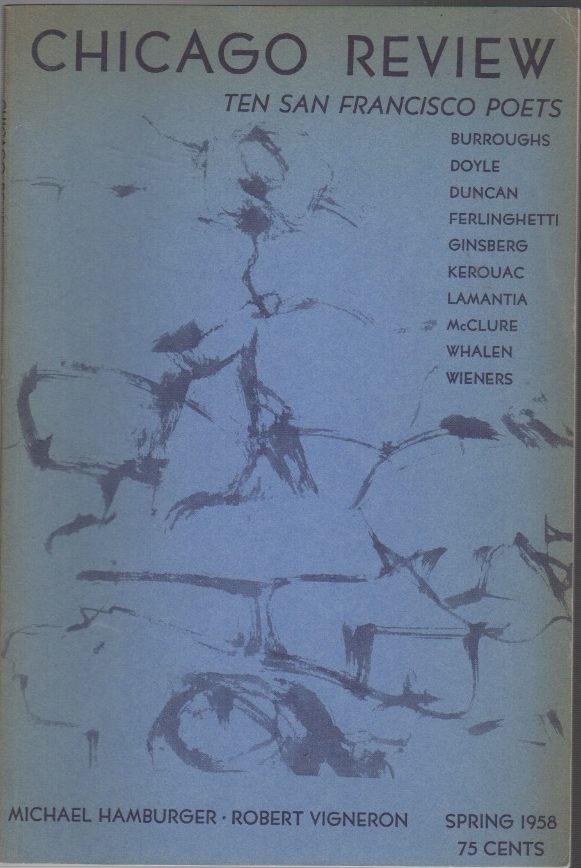
![58. GINSBERG, Allen. KADDISH AND OTHER POEMS 1958-1960 [Inscribed]. Image](http://catalogue15.briancassidy.net/wp-content/uploads/2019/06/23303-e1560699076616.jpeg)
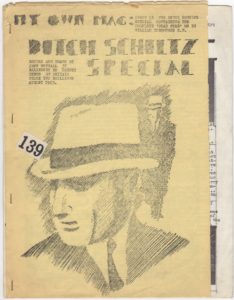
![60. BRANAMAN, Robert. COME INTO OUR GAME ROOM! [Poster]. Image](http://catalogue15.briancassidy.net/wp-content/uploads/2019/06/23631-229x300.jpg)
![61. KEROUAC, Jack. UNCOLLECTED WRITINGS [Unauthorized Piracy]. Image](http://catalogue15.briancassidy.net/wp-content/uploads/2019/05/23636-300x300.jpg)
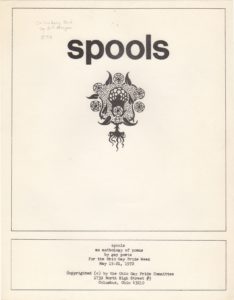
![63. GINSBERG, Allen. [Photograph of Theater Director Robert Wilson by Allen Ginsberg]. Image](http://catalogue15.briancassidy.net/wp-content/uploads/2019/06/23408-1-e1560698939501.jpeg)
![64. RUTKOWSKI, Richard (photographer) [Allen Ginsberg]. [Photograph of Allen Ginsberg and Gus Van Sant]. Image](http://catalogue15.briancassidy.net/wp-content/uploads/2019/06/23409-1-e1560698861145.jpeg)
![65. [William Burroughs]. CECIL, Paul (Editor). A WILLIAM BURROUGHS BIRTHDAY BOOK. Image](http://catalogue15.briancassidy.net/wp-content/uploads/2019/06/23542-e1560698801887.jpeg)
